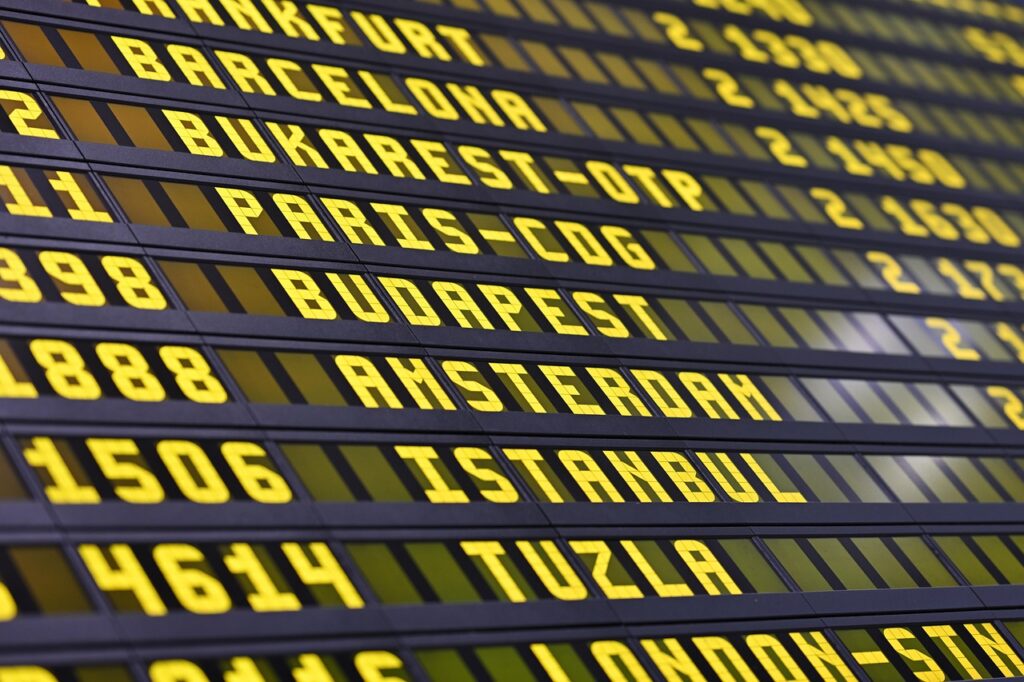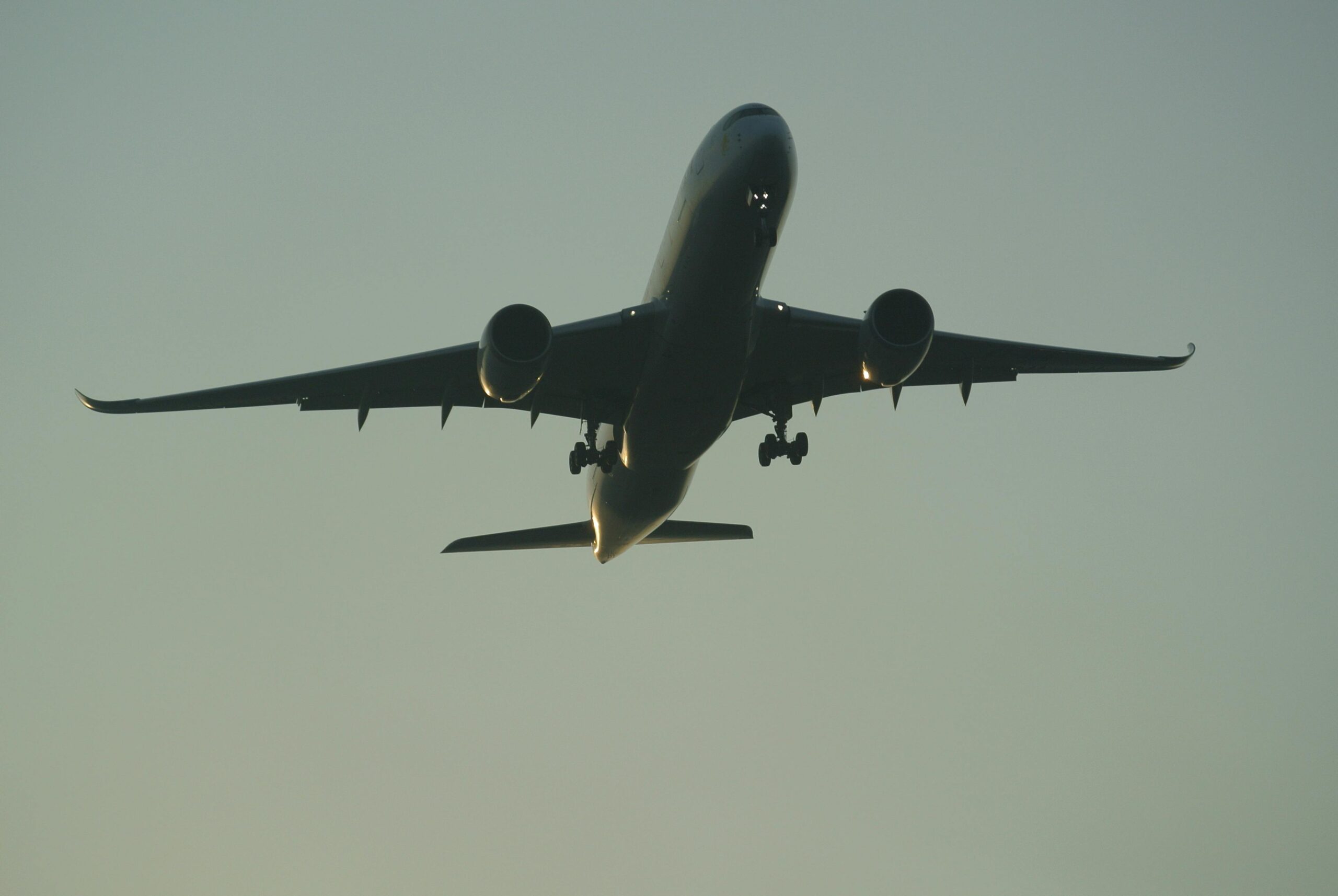
A newly published 2025 travel report has revealed the most delayed airports in Europe, offering valuable insights for travelers planning summer holidays or business trips. The rankings are based on average pre-departure delay times, total departures, and a calculated Travel Disruption Score. With air traffic surging across the continent, punctuality has become a key factor in airport performance and traveler satisfaction.
Luxembourg Airport Leads in Delays
Luxembourg Airport (ELLX) tops the list with an average delay of 48.8 minutes per flight and a Travel Disruption Score of 9.89/10. Despite being the country’s only international hub, its high traffic volume—over 152,000 departures—has led to severe congestion. Travelers using this airport should expect long waits and consider alternative routes or off-peak travel times to avoid excessive delays.
Italy’s Airports Dominate the Rankings
Italy claims three of the top five spots, with Naples (LIRN), Torino Caselle (LIMF), and Milan Malpensa (LIMC) all reporting poor punctuality. Naples averages 27.5 minutes of delay, while Milan Malpensa sees 22.6 minutes. These airports serve popular destinations like the Amalfi Coast and Lake Como, making them vulnerable to seasonal surges and operational bottlenecks during peak travel months.
Amsterdam and Frankfurt Face Ongoing Challenges
Amsterdam Schiphol (EHAM) and Frankfurt (FRA) continue to experience delays due to air traffic congestion and unpredictable weather. Schiphol averages 22.2 minutes of delay, while Frankfurt sees over 33% of flights departing late. As major international hubs, their performance affects connecting flights across Europe and beyond, making them critical points of concern for frequent flyers.
Morocco’s Airports Show Persistent Issues
Although not in Europe, Morocco’s Mohammed V International (GMMN) and Menara Airport (GMMX) rank third and seventh respectively, with delays averaging 26.4 and 19.5 minutes. Their inclusion reflects their importance as transit hubs for European travelers. Despite fewer departures than major European airports, these facilities struggle with congestion and limited infrastructure during high-demand periods.
Birmingham and Budapest Complete the Top Ten
The UK’s Birmingham Airport (EGBB) and Hungary’s Budapest Ferihegy (LHBP) round out the top ten, each with delays close to 19 minutes. These mid-sized airports are increasingly popular with budget carriers and regional travelers. While not as congested as larger hubs, they still face challenges in managing passenger flow and maintaining punctuality during peak travel seasons.
Key Factors Behind Flight Delays
The report identifies weather conditions, air traffic control restrictions, and operational inefficiencies as leading causes of delays. Airports like Heathrow and Charles de Gaulle have adopted advanced tracking systems and staffing strategies to reduce disruptions. However, smaller airports often lack the infrastructure or resources to respond effectively, resulting in longer wait times and reduced traveler satisfaction.
Tips for Minimizing Travel Disruption
To reduce the risk of delays, travelers are advised to monitor flight status via mobile apps, avoid peak travel hours, and choose airports with better delay records. Booking early morning flights or selecting less congested hubs can improve travel experiences. Understanding airport rankings empowers passengers to make informed decisions and plan for contingencies when flying across Europe.
Plan Ahead with Confidence
Whether you’re jetting off to the Alps or navigating Europe’s busiest airports, knowing where delays are most likely can save you hours—and headaches. At MyTripFaves, we help you travel smarter with curated insights, rankings, and destination guides that make planning seamless and stress-free.
✈️ Visit mytripfaves.com for:
- ✈️ Flight schedules and interactive flight maps
- 🏨 Hotel discounts and curated itineraries
- 📅 A smart flight calendar to find the best travel dates
- 💸 Tools to book cheap flights and cheap hotel rooms

